This week we start a two part series to walk through 24 photos from the first of my two Japan Snow Monkeys & Hokkaido winter wonderland wildlife tours for 2015. As you’ll hear next week, the weather gave us some unique challenges on this tour, but as usual we had an amazing time, and came away with some pretty cool photos.
We started our tour with a three day visit to the adorable Snow Monkeys, which are a three hour drive north-west of Tokyo, in our chartered bus. Although it was unseasonably warm, with temperatures floating around freezing point, there was still a good covering of recent snow on the hillside beside the hot spring bath in which the monkeys bath.
Snow Monkeys
Here is one of my favourite shots from this visit (below), with this snow monkey just sitting, in a wonderfully human pose, and also with what I consider a great expression on their face. I just love the wrinkles on this older monkey’s face, and that distant gaze which makes me feel that they’re deep in thought about whatever it is that monkeys think about.
I also really like how it’s difficult to figure out what’s going off with the monkey’s right hand. At first glance, it’s as though the monkey has their right hand resting on their leg, but with the angle of their right arm, unless the have a severely broken arm, their actual hand has to be tucked down between their legs. What we can see here must be their left foot, sitting on top of their right leg.
The next shot shows two young monkeys playing boisterously, as they bite each others mouthes, in the hot spring pool (below). Between answering questions and otherwise looking out for my group, I love picking out moments like this as the youngsters play with each other.
I also spent some time photographing the monkeys advancing towards me again, still testing the 7D Mark II, now also with the new 100-400mm lens from Canon, but I’m going to save my findings for a later podcast episode, in which I’ll concentrate on updating my 7D Mark II review, so please stay tuned for that. I am very impressed with both the 7D2 and the 100-400mm though, and will add a few comments in this episode, but need a little more time to collate my thoughts on some of the shortcomings of the 7D Mark II, which I touched on earlier in my first impressions review and have not yet entirely overcome.
Eagles and Cranes
After the Snow Monkeys, we travel up to Hokkaido, the northern-most island of Japan for a further nine days shooting the incredible wildlife up there. Our first location is two days with the Red-Crowned Cranes, and the other wildlife that visit them, such as this White-Tailed Eagle (below).
At 2pm each day, they throw fish out for the cranes, which attracts these White-Tailed Eagles and Black Kites, which swoop down to steal the fish, making for a 20 minute photography frenzy, which is incredibly exciting. Although I still enjoy shooting my straight eagle-in-flight shots, I’m really trying now to capture poses that are a little different to my current range of shots, such as this look as the eagle hones in on his prey.
At the cranes, I ended up shooting most of the time with my 7D Mark II on the 200-400mm 1.4X EXT lens. This shot (above) was captured at 490mm, so the 1.4X Extender was engaged, but not at the full zoom of the lens. Of course though, because the 7D Mark II has a 1.6X crop factor, the effective focal length of this shot was 784mm, so much greater than I could get with my 1D X on the same lens.
I of course also have many photos of the cranes from the first day, but in trying to keep the number of photos I include down to 12 per episode, we’ll jump now to a photograph from the end of the fourth day, the first day in Hokkaido, when we visited a spot where the cranes sometimes fly to roost. For this photo (below) of cranes flying over the lighter part of the sky as we looked towards the sun, I actually brightened the sky to almost white and darkened the cranes down to full black silhouettes to really emphasise the form of the cranes.
While in the Kushiro area, we have two mornings where we visit the river at Otowabashi, which directly translates as the “Sound-of-wings Bridge”. Here we are hoping to be lucky enough for the temperature to be cold enough for hoar frost to form on the trees along the river, and for some mist over the water. Unfortunately on the two days we visited it wasn’t cold enough this time for the entire riverside to go white, but there was a patch at the side of the river where some beautiful hoar frost formed, as we see in this photograph (below).
We waited for some of the cranes to walk down the river to these trees, to capture this surreal scene. It’s always so magical to see, even if it’s only a small part of the river, especially when you single this out with the frame of the camera, when we can basically make everything else go away.
With the new Mark II 100-400mm lens from Canon on my 1D X, I had walked along the enclosure at the Akan Crane Center later in the day, and noticed a pair of cranes taking off coming directly towards me, so I selected one of the two, and tracked with it for the entire take off, until they went right overhead. With the lens zoomed right out to 100mm, here is one of the last frames before the crane got too big to fit in the photograph (below).
I have to tell you, I absolutely love this new 100-400mm lens. It is incredibly sharp, and having that kind of reach in a hand-holdable lens for the first time in almost 10 years is almost as much of a revelation as going back to a telephoto zoom with the 200-400mm last year, after shooting with telephoto primes for such a long time. The only thing that is taking a bit of getting used to is the twist zoom action on this lens.
In my opinion it should zoom faster through it’s range than it actually does. A number of times I found myself having to re-position my hand and lost a shot or two because I couldn’t zoom quickly enough through the range, although it did get easier as I used the lens, so it’s certainly something that you can get used to, and so not a huge issue.
Next up, here I’m still looking for more exciting poses, as this White-Tailed Eagle starts a dive to steel the cranes’ fish again (below). There’s just something so special about being out in the cold in front of a field full of cranes, and then having these magnificent raptors come and visit just for that 20 minutes or so each day, and perform their acrobatics for us. Although it’s a crane center, it’s hardly surprising that it fills up with locals shortly before 2pm each day, as everyone tries to photograph this spectacle.
Here also is a shot of one of the Black Kites which also visit at this time (below). Compared to the eagles these are smaller, and are often ignored by people here in favour of the eagles, but I probably shoot these just as much, because I think they are also incredibly beautiful birds. If you look closely at this photo you can also see that this kite has a fish in his talons, which I think adds a nice additional element to compliment this awesome creature.
A Bit of Panning
Each day, when we head over to the location where we photograph the cranes as they fly to their roost, I first swing by another location where there are sometimes many cranes that are about to set off on that flight. On our second day in this area there were lots of cranes, so I had the group do a bit of panning, with longer exposure than we usually use to capture the action during the day.
We set our shutter speeds to 1/25 of a second to record the movement in the wings of these beautiful birds as they took off and flew out of the reserve (below). In this first shot the sun was almost on the horizon bathing everything in beautiful warm light, as you can see from the wings of the birds here.
The cranes’ heads move up and down slightly as they fly, so it’s virtually impossible to get a totally steady head at these shutter speeds, but I’m still pretty happy with the results, and have selected quite a few of these in my final selection of images from this tour.
Here’s another photo which I made at 1/20 of a second this time, now at ISO4000 as it was almost dark, but this helped the background to go much darker now, so the cranes really stand out against the background (below). For most of the tour we shoot in Manual exposure mode and use the ISO to adjust the exposure more than aperture or shutter speed. For these panning shots, we selected the shutter speed first, because it’s important to get it down nice and slow, but generally we choose the aperture first for depth of field, then shutter speed to freeze or blur the action, then adjust the exposure with the ISO.
It Snowed!
The following morning, we awoke to snow, so instead of moving on to the Whooper Swans according to our itinerary, I took the group back to the cranes for a third day, as they are so special when it snows. It just totally changes the scene, although it does offer it’s own challenges. On this particular day, the wind was blowing directly towards us, so we had to continuously use an air blower to blow the water droplets off the front of our lenses every time we shot, and then ensure that we turned the camera down and away from the snow when we weren’t shooting.
The results were worth it though of course. The cranes just look so much better when it snows, and they tend to get more excited too. Here there were multiple groups of cranes singing in unison (below). I generally try to avoid or remove parts of birds poking into the frame like the one on the right of this shot, but for some reason I actually quite like this one. It’s almost as though he’s sticking his head in the door to see what all the ruckus is all about.
I also really like the way the crane’s ruffle their wings up like that, as we can see from the left-most crane. When their wings are folded down, as in the next photo (below), it often looks as though they have black tails, but you can see from the photo above that their tails are actually pure white. It’s the line of black feathers along the back edge of their wings that they seem to use as decoration.
We’ll finish on this photo for today, as I hope this can help you to understand why I really do love to get some falling snow while we’re with the cranes. It not only cleans up the surface of the snow, but the snow in the air adds another dimension that you just don’t get with clear air.
Before we do finish, I’d like to let you know that we’ve just had a last minute cancellation for the tour that starts literally in just seven days, and although it may well be backfilled or too late by the time you read/listen to this, if you are interested in joining us, you can book your place here or see details on our 2015 Winter Wonderland Tour page. Note that our site manages inventory for these tour bookings, so if you take a look and the tour is marked as sold out, it means that someone else beat you too this open spot.
[UPDATE: This 2015 tour #2 cancellation slot has now been filled.]
2016 Japan Winter Wonderland Tours
Also, note that we have already been taking bookings for the 2016 tours for a little while now, and each is already over half full, so if you would like to join us, check out the Tours & Workshops page, and sign up sooner rather than later, as these tours are now selling out quite quickly.
Show Notes
See Details of 2016 Tours here: https://mbp.ac/ww2016
 Subscribe in iTunes for Enhanced Podcasts delivered automatically to your computer.
Subscribe in iTunes for Enhanced Podcasts delivered automatically to your computer.
Download this Podcast in MP3 format (Audio Only).
Download this Podcast in Enhanced Podcast M4A format. This requires Apple iTunes or Quicktime to view/listen.

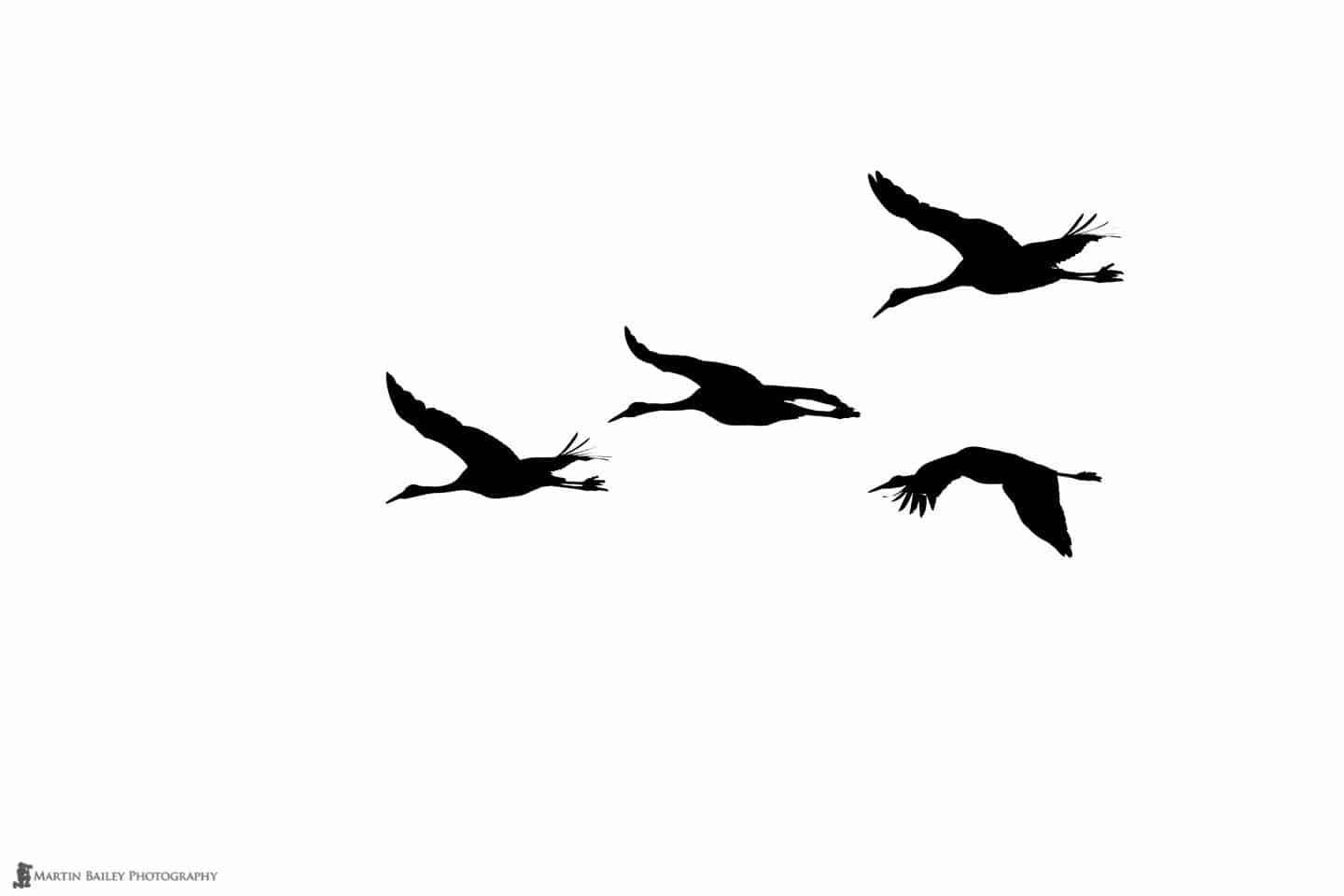
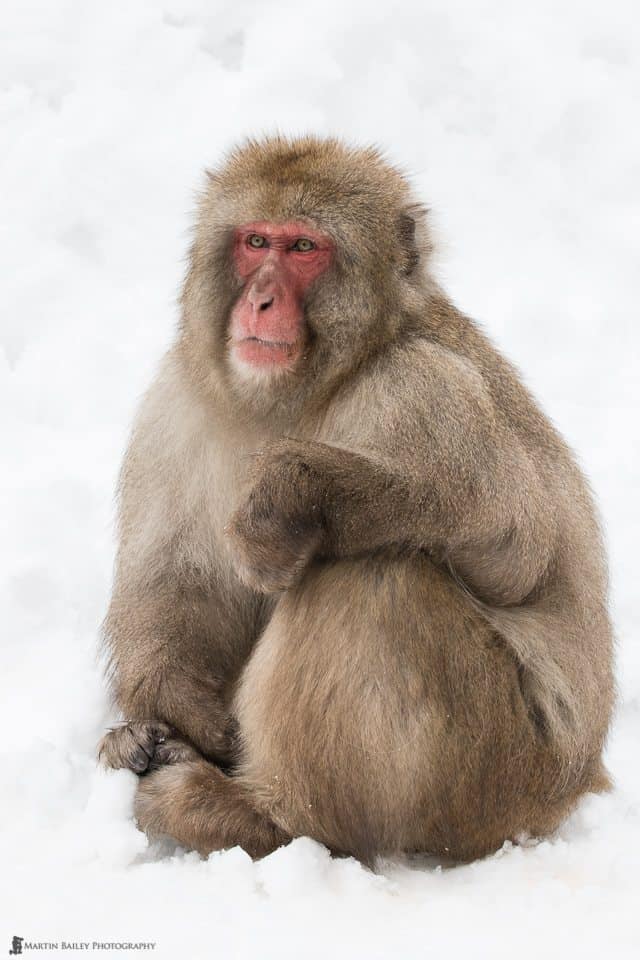
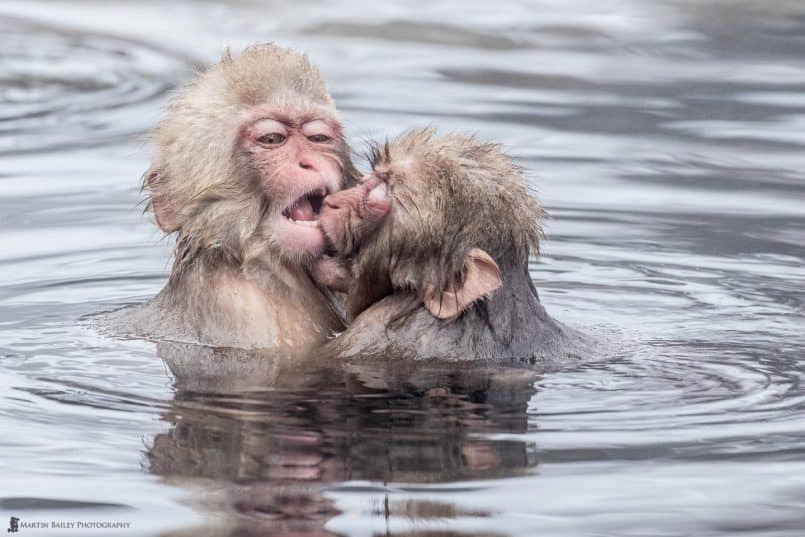

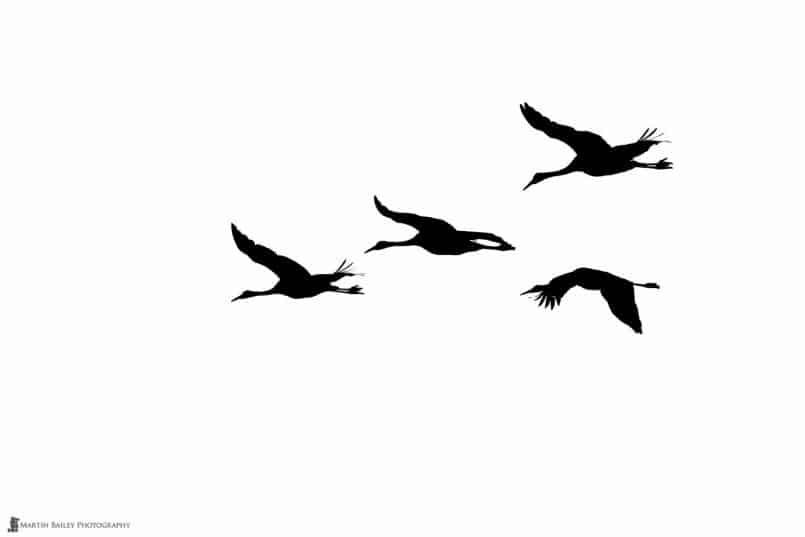
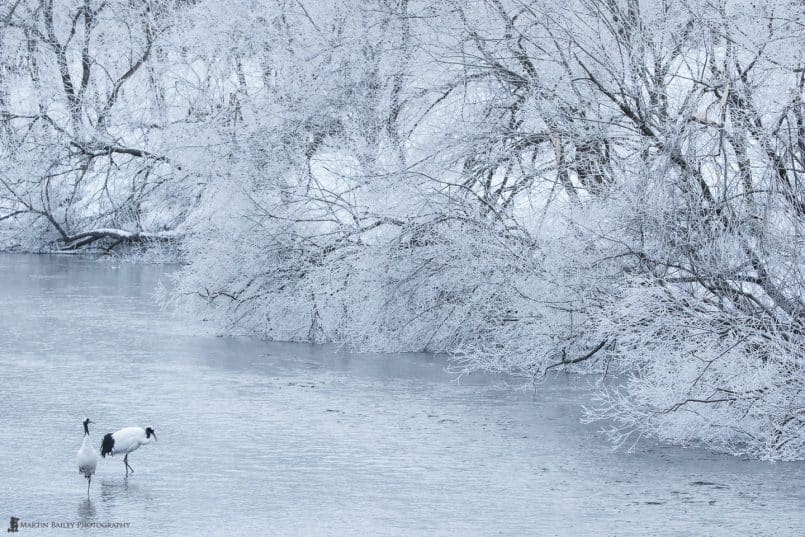
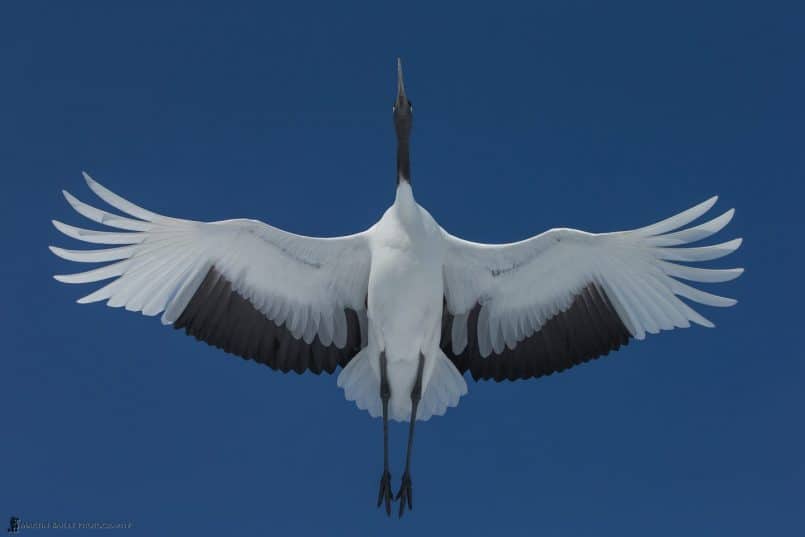

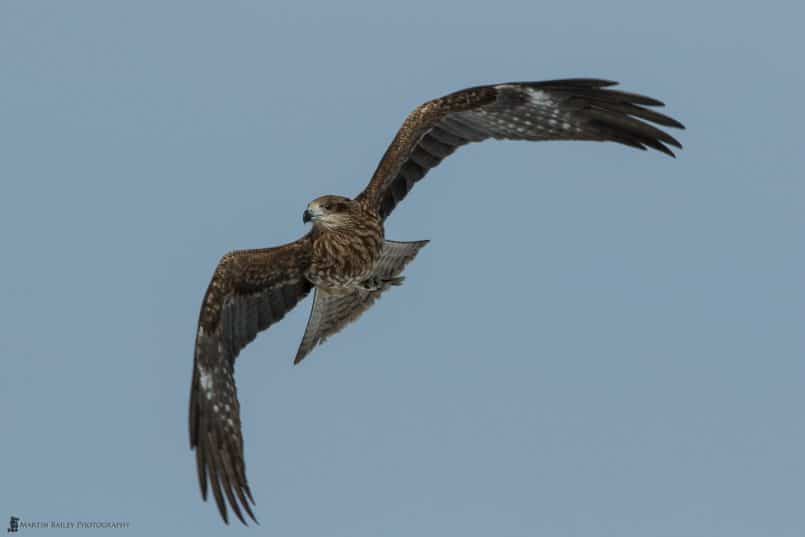
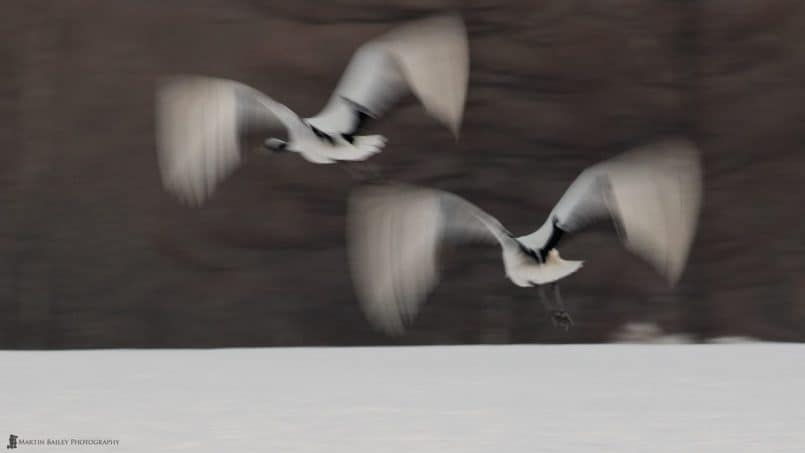
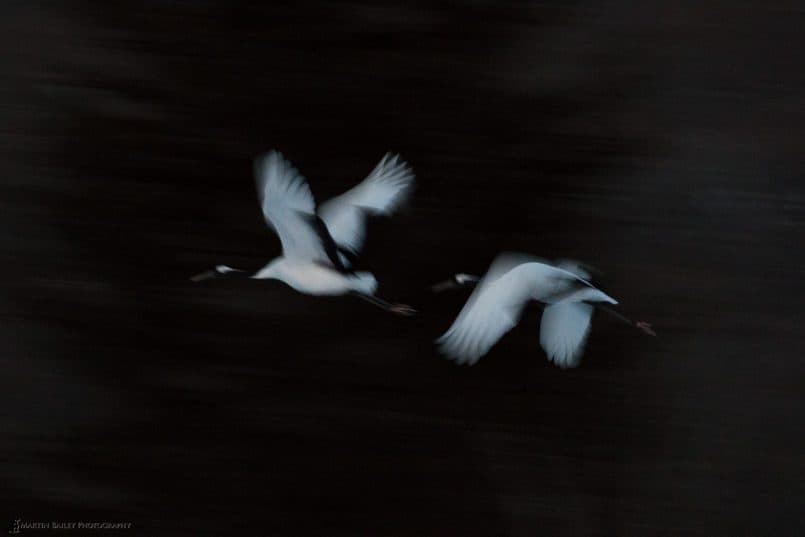
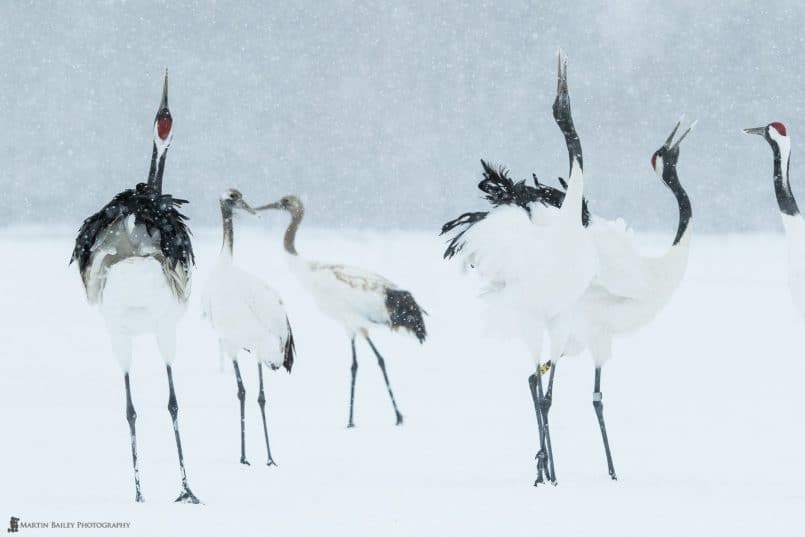


Your comment on the 100-400 slow zoom action hit home in that before I got big primes I loved how easy it was the track and frame, especially for BIF with the old push pull version. I am sure the engineers knew what they were doing with the Mk I. I would love v2 push pull
I’m with you Bob. A lot of people hated the push/pull of the Mark I but I really liked it. Maybe with today’s cameras the “dust-pump” issue is real, but I didn’t really get that with my old cameras, when the 100-400mm was usable, before the resolution went up and made it soft.
I have already started getting used to the zoom, so it’s all good, but definitely more clunky to use in fast-paced shooting.
Wonderful pictures – especially like Frosty Morning Cranes, and Crane Flyover. All so fantastically high key. Do you have to be careful of snow blindness with a lot of staring at bright white?
Thanks Andy!
Yes, sometimes we do need to wear sunglasses because it’s so bright it hurts your eyes.